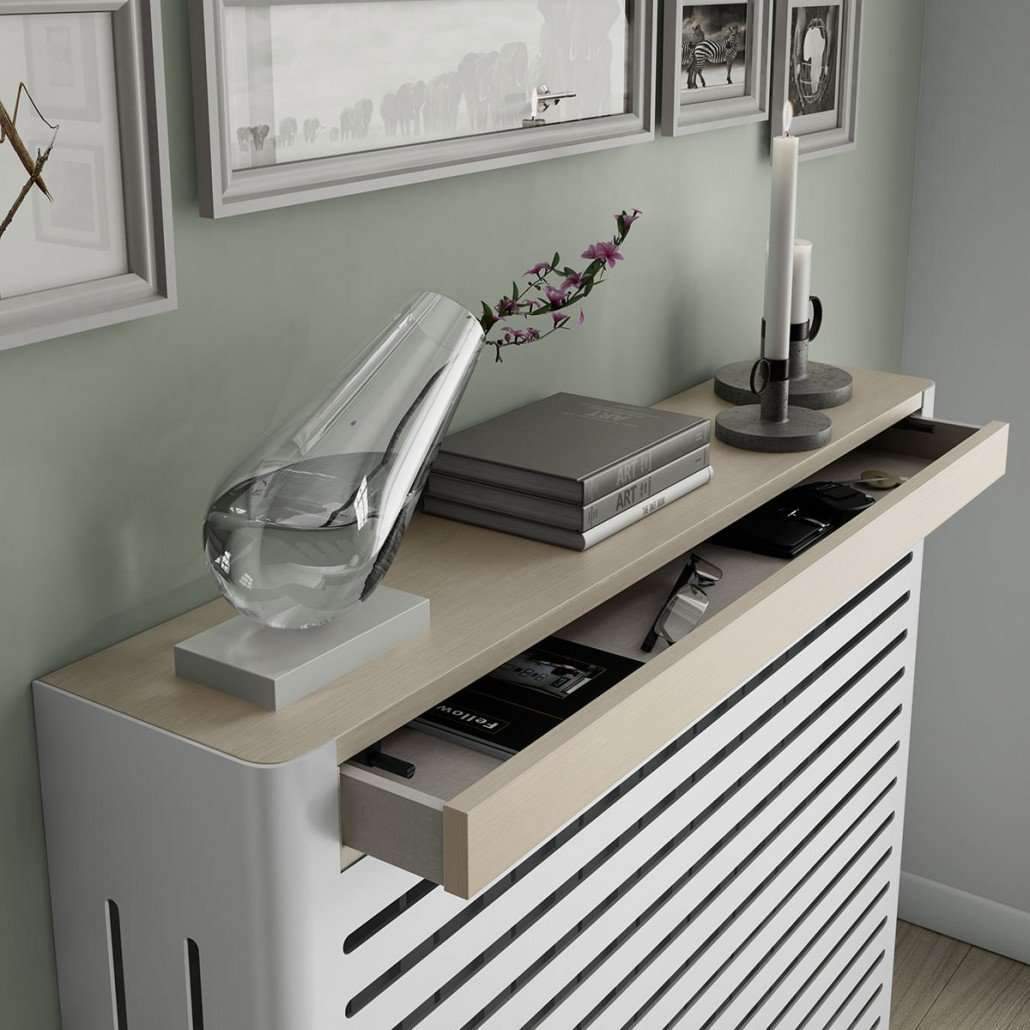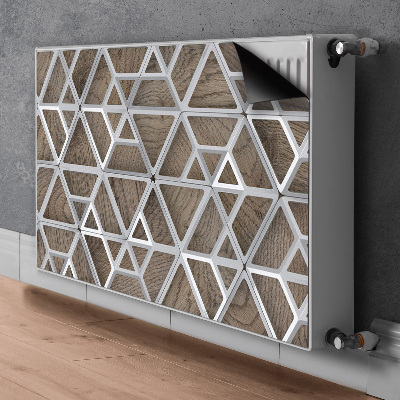Radiator Covers: Comprehending Materials, Designs, and Benefits
Radiator covers offer both aesthetic and practical purposes within a home, supplying a variety of products such as hardwood, steel, and MDF to suit different design preferences. Picking the best radiator cover entails understanding the subtleties of materials, styles, and their linked benefits.
Sorts Of Products


Wooden covers, often crafted from woods such as oak or maple, provide a traditional, cozy appearance that enhances conventional interiors. Their durability and capability to be tarnished or painted add to their flexibility. Steel covers, generally made from steel or light weight aluminum, are preferred for their robustness and contemporary appearance, often featuring smooth lines that enhance contemporary areas.
MDF, a made wood product, is preferred for its cost-effectiveness and ease of personalization. It can be painted or ended up to match existing decor while providing a smooth surface area. Plastic covers, while much less usual, are lightweight and resistant to dampness, making them suitable for moist environments.
Ultimately, the option of product for a radiator cover need to align with the property owner's style preferences, practical needs, and the details setting where the cover will be mounted. Each product supplies a distinctive personality, ensuring that there is an option to suit every taste and setting.
Popular Design Styles
Emphasizing aesthetic charm, prominent style styles for radiator covers show a series of preferences and interior style patterns. Conventional styles typically feature elaborate woodwork and elaborate outlining, making them appropriate for vintage-inspired or classic interiors. These covers typically incorporate sculpted components, offering a warm and inviting feel to any type of room.
In comparison, contemporary designs concentrate on minimal visual appeals, identified by tidy lines and underrated style. Products such as metal or smooth wood with a smooth finish are commonly used, allowing these covers to mix effortlessly right into modern-day areas. Industrial styles, on the various other hand, accept basic materials like exposed steel and concrete, including a strong statement to loft space or metropolitan settings.
For those seeking an one-of-a-kind touch, bespoke styles offer modification options that cater to specific choices, allowing property owners to pick colors, patterns, and products that complement their decoration. Additionally, farmhouse-style covers integrate rustic components, featuring distressed timber and easy types that stimulate a comfortable, nation charm.
Benefits of Radiator Covers
Radiator covers not just enhance the aesthetic charm of an area but additionally use a number of sensible benefits that make them a beneficial enhancement to any kind of home. One of the main benefits is safety, particularly in households with animals or kids. Covers lower the risk of burns from hot radiator surfaces, ensuring a safer atmosphere.
Furthermore, radiator covers can boost power effectiveness. By directing heat into the space instead than permitting it to run away, they help maintain a consistent temperature, minimizing home heating prices over time. This is especially helpful in older homes where radiator systems might be much less effective.
An additional remarkable advantage is sound decrease. Radiators can occasionally produce unwanted sounds during operation, and covers can help muffle these sounds, adding to an extra calm space. Furthermore, radiator covers can be functional, providing extra storage space or screen space, thus maximizing the energy of often-overlooked locations.
Last but not least, they can secure radiators from dust and debris, which can prevent effectiveness and increase maintenance demands. With these incorporated benefits, radiator covers become a functional solution for boosting both the performance and style of any home setting.
Installation Considerations
Mounting radiator covers requires mindful consideration to ensure both capability and security (Radiator cover). Analyze the dimensions of your radiator and the surrounding space to make certain an appropriate fit. Accurate dimensions are essential; an uncomfortable cover can block warmth flow or develop security hazards
Next, evaluate the material of the cover. While timber provides visual appeal, steel alternatives may give better resilience and warmth resistance. Consider the weight of the cover also; heavier covers may call for additional support or supports to avoid sagging or damages with time.
Ventilation is an additional crucial element. Covers have to feature ample airflow to stop getting too hot and maintain effective home heating. Look for styles with slats or openings that permit heat to distribute without blockage.
Additionally, make sure that the cover is firmly mounted to protect against mishaps, specifically in homes with children or pet dogs. Radiator cover. It's advisable to follow the maker's installation guidelines closely and, if required, get in touch with a specialist for intricate installations
Maintenance and Care Tips
Proper maintenance of radiator covers is essential for guaranteeing their durability and optimal additional reading performance. For repainted or wood covers, think about an ideal gloss or protective covering to maintain their look.
Check the covers regularly for signs of wear or damages, such as fractures or peeling paint. Addressing these concerns immediately can avoid further deterioration. Make certain that the covers are safely fastened and look for any kind of loose screws or installations, as vibrations from the radiator can loosen them over time.
In cooler months, avoid positioning heavy things or decorative things on top of the radiator covers, as this can restrain warm circulation and trigger unneeded anxiety to the structure. Think about seasonal upkeep by removing the covers for detailed cleaning and assessment during warmer months when the heating system is non-active. Adopting these basic care pointers will boost the efficiency and aesthetic charm of your radiator covers, guaranteeing they offer their purpose properly for years to find.

Final Thought
In summary, radiator covers act as aesthetic and functional improvements to domestic rooms. The varied series of products, including woods, plastic, metal, and mdf, permits placement with different design styles such as standard, contemporary, commercial, and farmhouse. The benefits of these covers prolong beyond security and energy effectiveness to consist of extra storage space and dirt security. Careful factor to consider of installation and upkeep more makes sure the long life and efficiency of radiator covers in any kind of home environment.
Radiator covers serve both aesthetic and practical functions within a home, offering a range of products such as hardwood, steel, and MDF to match different layout preferences. Choosing the ideal radiator cover entails recognizing the nuances of materials, styles, and their connected advantages.Stressing visual appeal, popular design styles for radiator covers show a variety of preferences and indoor layout official site fads.Radiator covers not just boost the visual allure of a room but also provide a number of useful benefits that make them a beneficial addition to any try this website kind of home. Consider the weight of the cover as well; much heavier covers may require additional support or reinforcements to avoid sagging or damage over time.